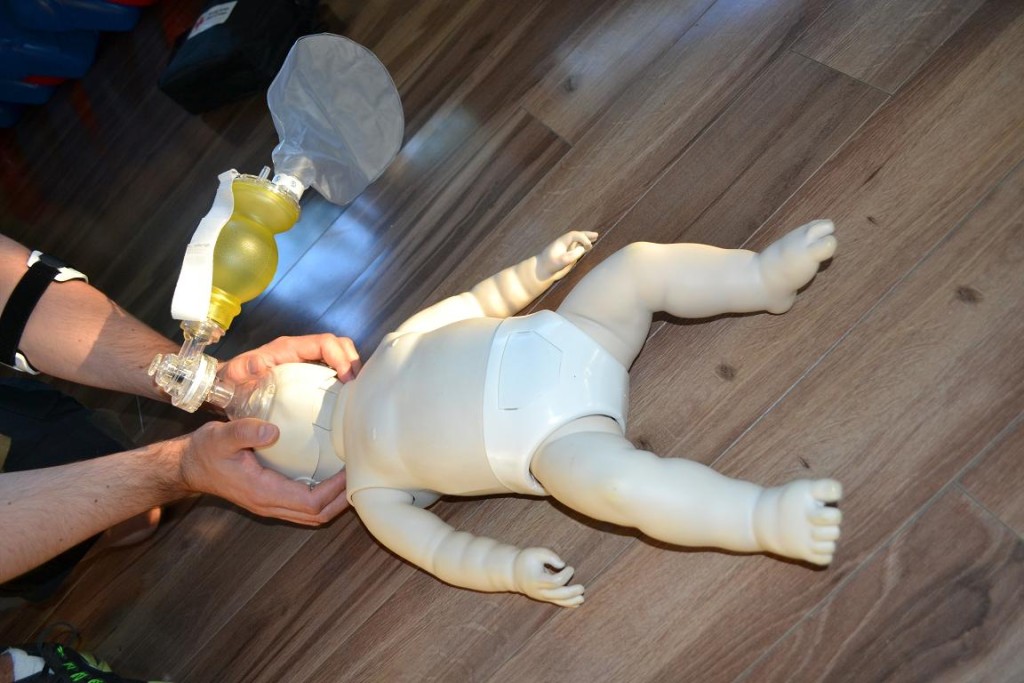When performing infant CPR, it can be daunting but necessary to support life in an unconscious child. It is uncommon for infants to go into cardiac arrest except if there is an main heart disorder.
An infant can also progress into a state of cardiac arrest due to an unsolved breathing emergency associated to an obstructed airway, allergic reaction or drowning.
Initial assessment during infant CPR
During the initial assessment of an unconscious infant, it includes a quick check on the breathing and circulation. If the baby is not breathing after a 10-second assessment, 2 small breaths are given.
After giving 2 breaths, it is vital to check for any indications of circulation. In case the skin is cool, bluish or pale and the child is still not breathing, it is fair to presume that the heart is no longer pumping. This can be further verified by checking the pulse. In adults or children, the pulse is detected in the carotid artery found in the neck. As for infants, the brachial artery of the arm is palpated. In case there is no obvious pulse, you should perform chest compressions.
How to locate the brachial artery
The brachial artery is located on the underside of the arm in between the armpit and the elbow. Anatomically, it is positioned between the triceps and biceps. Since the artery is near the surface, a pulse can be determined with a light touch.

Remember that infants have a rapid heart rate than adults. The resting heart rate of a newborn is 120-160 beats per minute. This is the reason why a rapid pulse is often difficult to detect.
Which one should I check?
The brachial artery is assessed among infants instead of the carotid artery due to various reasons.
- Necks of infants are relatively shorter which makes it difficult to locate the carotid pulse.
- Locating the carotid pulse is easier among children or adults if the head is extended back to expose the artery. Since infants are more fragile, extending the neck is not advisable. If the head is tilted way back, it can close off the trachea.
More Information / Disclaimer
The information posted on this page on infant CPR pulse points is for learning purposes only. Learn how to properly perform infant CPR by taking a standard first aid course with Red Deer First Aid.

